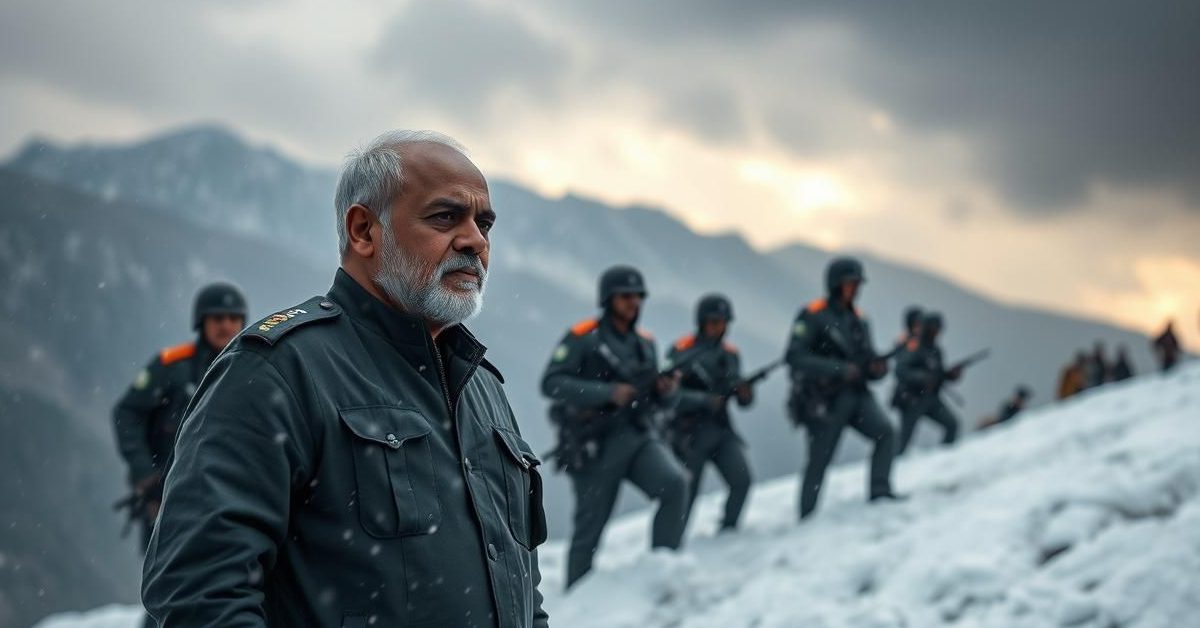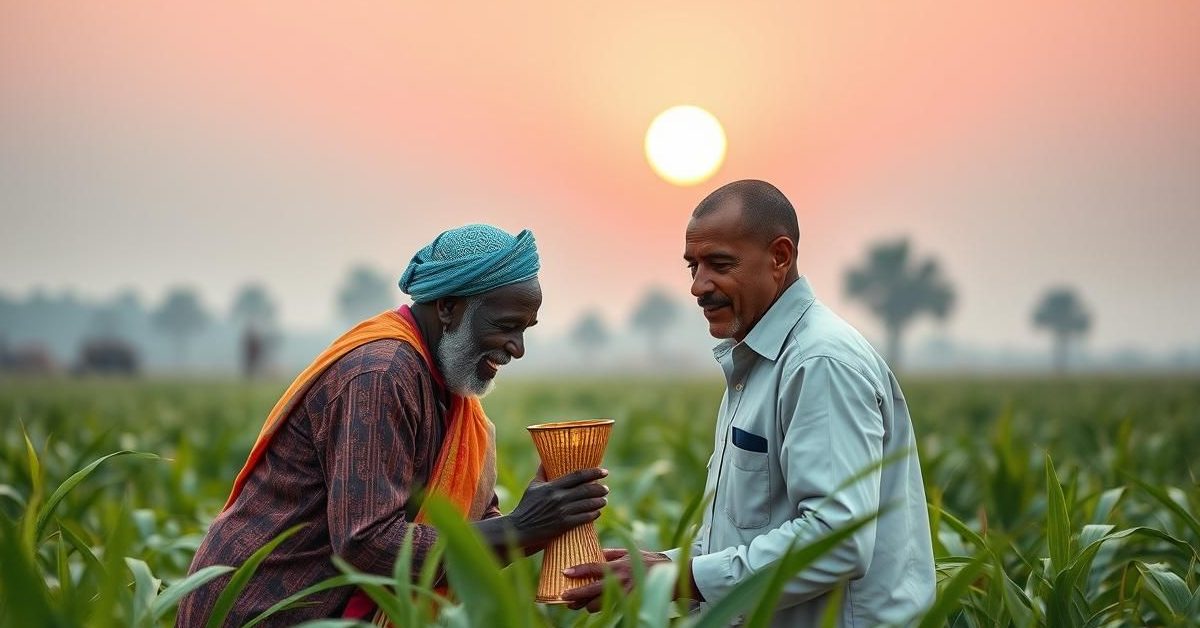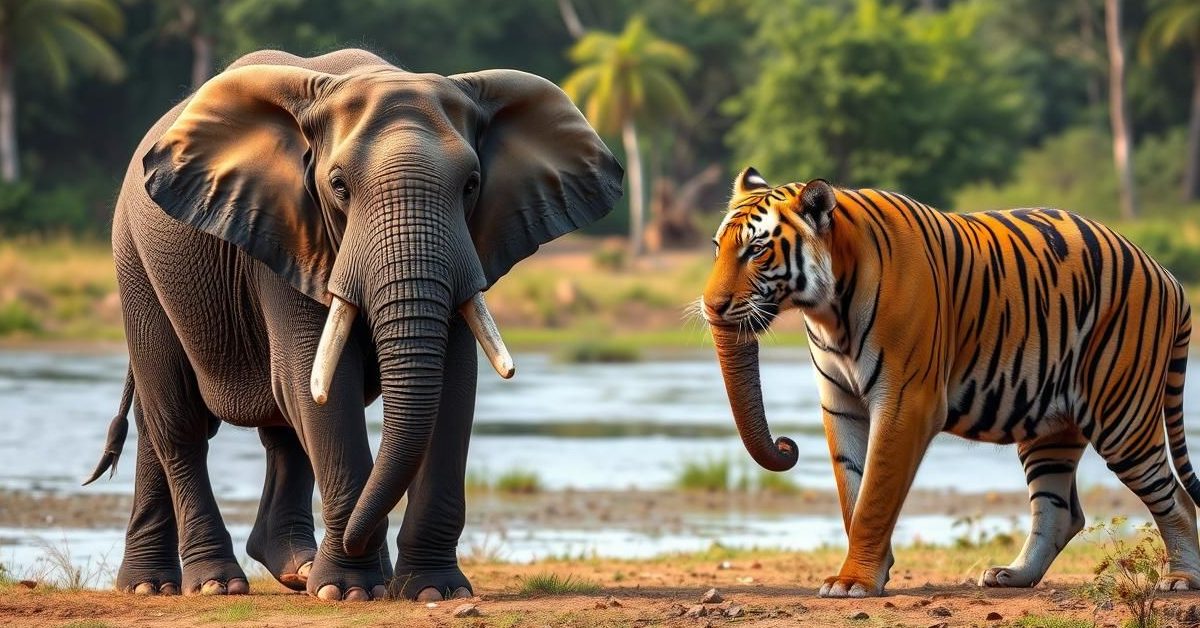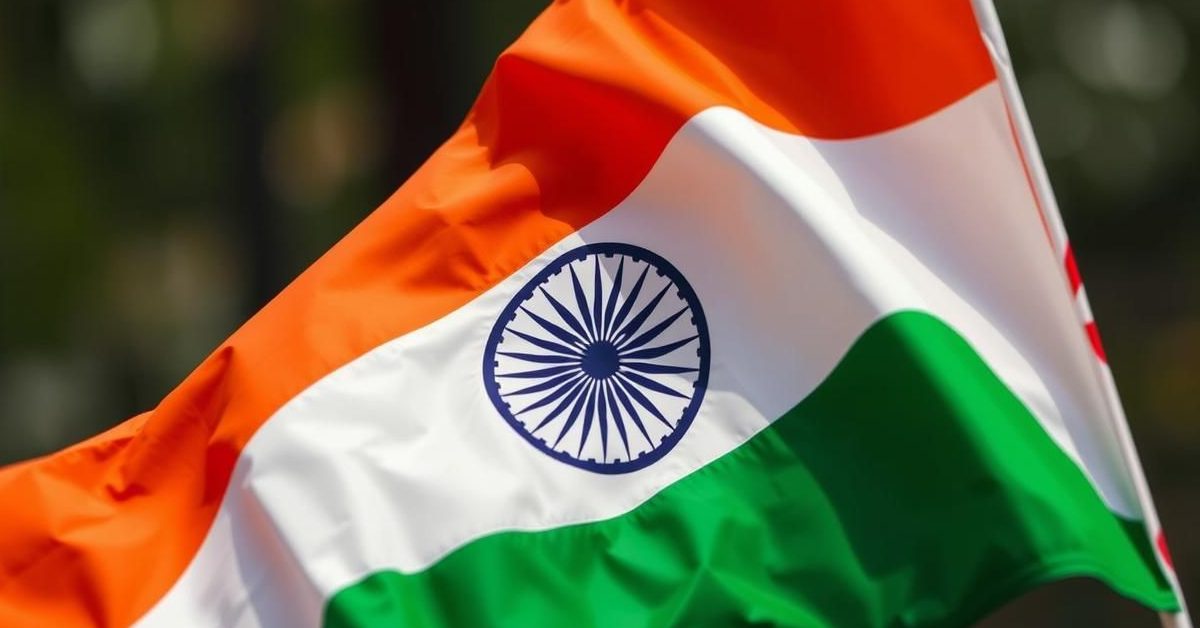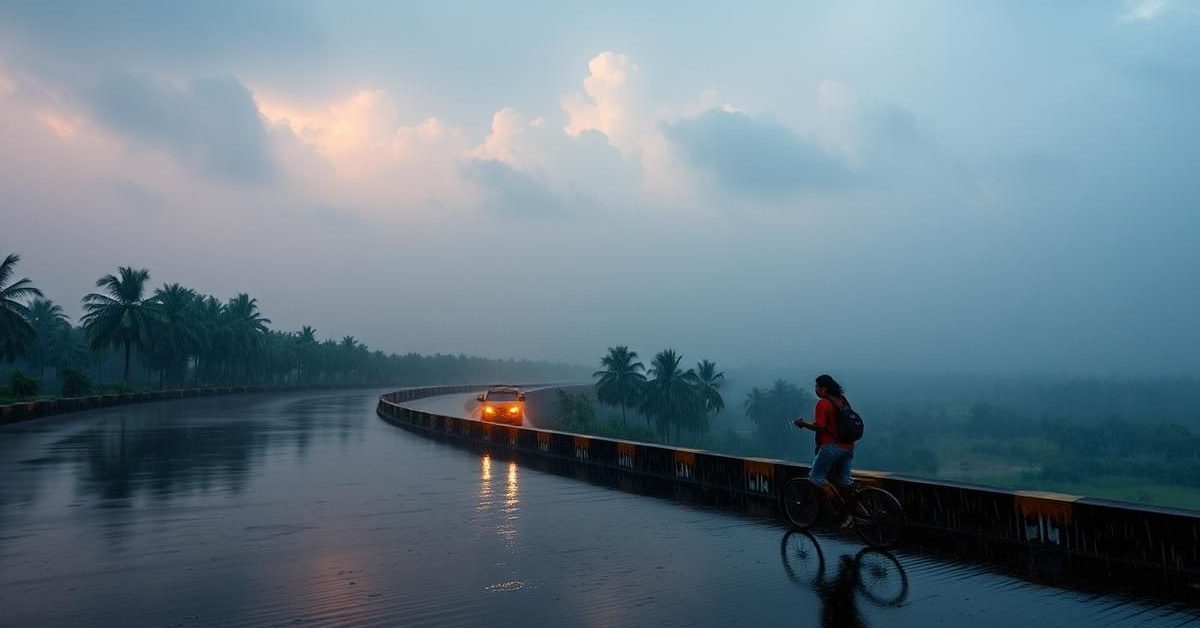India’s Diplomatic Power Play: Refusing to Bend at SCO
In a striking display of diplomatic resolve, India recently stood firm at the Shanghai Cooperation Organisation (SCO) Defence Ministers’ meeting in Qingdao, China. Defence Minister Rajnath Singh made headlines by declining to sign the joint statement, a move that sent a clear message: India will not compromise on its stance against terrorism. The core of the disagreement? The draft statement’s glaring omission of a reference to the devastating April 22 Pahalgam terror attack in Jammu & Kashmir.
Why India’s Stance Matters
This incident wasn’t just a procedural hiccup; it underscored India’s unwavering commitment to a universal definition of terrorism, rejecting any double standards. While the draft mentioned the hijacking of the Jaffar Express by the Balochistan Liberation Army (BLA) in Pakistan, the absence of the Pahalgam attack highlighted a perceived selective approach to condemning terror. Government sources, speaking to The Indian Express, confirmed that Minister Singh’s refusal stemmed from this “absence of a common standard for terrorism.”
Understanding the Shanghai Cooperation Organisation (SCO)
The SCO, established in 2001 in Shanghai, is a permanent intergovernmental international organization focused on strengthening mutual trust, fostering cooperation across various sectors like politics, trade, economy, and culture, and jointly ensuring regional peace and security. Its members include India, Belarus, China, Iran, Kazakhstan, Kyrgyzstan, Pakistan, Russia, Tajikistan, and Uzbekistan. India’s refusal to sign the communique, despite being a member, demonstrates the complexities and limitations within multilateral bodies where consensus is often sought. It signals India’s growing confidence in asserting its foreign policy priorities on the global stage.
The Geopolitical Chessboard: China’s Rare Earth Dominance and India’s Vulnerability
The silent, yet potent, battle for control over critical minerals continues to shape global geopolitics. India finds itself navigating a delicate situation with China over the supply of rare earth magnets, vital components for a multitude of high-tech industries. The Union Environment Ministry has confirmed ongoing discussions with Beijing amidst China’s recent export restrictions, signaling a pressing concern for India’s strategic sectors.
Why Rare Earths are “Critical”
Rare earth elements are not just obscure minerals; they are the bedrock of modern technology and green energy. From electric vehicle motors and wind turbines to consumer electronics and advanced defense systems, these elements are indispensable. China, alarmingly, controls over 90% of the global processing capacity for rare earth magnets. This near-monopoly grants Beijing immense geopolitical leverage, demonstrated by their April restrictions on exports, initially a response to US President Donald Trump’s tariffs.
India’s Strategic Dependency
India’s automobile sector, for instance, imported a staggering 460 tons of rare earth magnets, predominantly from China, in the last fiscal year. This dependence exposes a significant strategic vulnerability. The Society of Indian Automobile Manufacturers (SIAM) has already appealed for government intervention. As the world pivots towards renewable energy and advanced manufacturing, securing diverse and stable supply chains for critical minerals like lithium, nickel, cobalt, dysprosium, and neodymium becomes paramount for national security and economic resilience.
Himachal Pradesh’s Cry: Unpacking the Cloudburst Calamity
Himachal Pradesh, the picturesque Himalayan state, has once again been ravaged by nature’s fury. Recent flash floods, triggered by intense cloudbursts in Kangra and Kullu districts, have claimed at least five lives, leaving several others missing. This recurring tragedy underscores the extreme vulnerability of the Himalayan ecosystem to erratic weather patterns and highlights the urgent need for robust disaster preparedness.
Understanding Cloudbursts and Flash Floods
Often misunderstood, a “cloudburst” has a specific meteorological definition: an extreme rainfall event delivering 10 cm or more of precipitation in an hour over a concentrated area of roughly 10 km x 10 km. These events are particularly common in hilly regions due to the ‘orographic lift’ phenomenon, where warm, moist air rapidly ascends mountain slopes, cools, and releases massive amounts of moisture. When this sudden, intense rainfall overwhelms local drainage systems, flash floods ensue – rapid, destructive torrents that, while often localized, can cause immediate loss of life due to their sudden onset and the inability of rocky terrain to absorb water.
The Himalayas’ Fragile Balance
Himachal Pradesh’s unique geology and burgeoning developmental activities exacerbate its fragility. Beyond cloudbursts, the region faces challenges from melting glaciers forming overflowing glacial lakes, and the environmental impact of large-scale infrastructure projects like run-of-the-river (RoR) hydropower projects. Experts, including the Ravi Chopra Committee constituted by the Supreme Court, have consistently warned against unbridled development in these sensitive zones. The ongoing search operations by local authorities and NDRF teams are a stark reminder of the human cost of these escalating environmental challenges.
Guardians of the Wild: A New Strategy for Human-Tiger Harmony
In a crucial step towards mitigating escalating human-tiger conflicts, India’s Union Environment Ministry has approved a pilot scheme dedicated to managing these interactions outside designated tiger reserves. With nearly 30% of India’s majestic tiger population residing beyond protected areas, this initiative is a testament to the nation’s evolving conservation strategy.
Tigers Beyond Reserves: A New Frontier
While “Project Tiger,” launched in 1973 under Prime Minister Indira Gandhi, has been a phenomenal success in boosting tiger numbers (currently over 3,600), the increasing population means these territorial predators are venturing into human-dominated landscapes. In these peripheral forest divisions, particularly in areas like Chandrapur near Tadoba Tiger Reserve in Maharashtra, or the sugarcane fields around Dudhwa and Pilibhit in Uttar Pradesh, tigers often prey on livestock, leading to inevitable clashes with human communities. Official data paints a grim picture: 382 human lives were lost to tiger conflicts between 2020 and 2024.
Innovative Funding for Coexistence
The ‘tigers outside of tiger reserve’ pilot scheme, approved by the National Compensatory Afforestation Fund Management and Planning Authority (CAMPA), will channel funds to 80 identified forest divisions across 10 states. CAMPA, which manages funds collected in lieu of forest land diversion, has previously supported projects like the Great Indian Bustard recovery and Project Cheetah. This new scheme will enable enhanced monitoring, technological interventions, improved prey base, and stronger collaboration between forest managers, civil society, and veterinarians – all vital steps towards fostering a sustainable coexistence between humans and these magnificent felines.
Global Health on the Brink: US Pulls Plug on Gavi Funding
A major blow to global immunization efforts reverberated across the world as US Health Secretary Robert F. Kennedy Jr. announced America’s decision to halt funding for Gavi, the Vaccines Alliance. Citing Gavi’s alleged “ignorance of science” and “loss of public trust,” this move by a long-time vaccine skeptic has ignited fierce debate and raised serious concerns about the future of vaccine access in low-income countries.
Gavi: A Pillar of Global Health
Gavi is a powerful public-private partnership, bringing together entities like the World Health Organization (WHO), UNICEF, the Gates Foundation, and the World Bank. Since its inception, Gavi’s vaccination programs are credited with saving an estimated 18 million lives, largely by ensuring equitable access to vital vaccines in some of the world’s poorest nations. The United States has historically been one of Gavi’s largest donors, pledging $1 billion through 2030 prior to this recent decision.
The Ripple Effect of Disengagement
Kennedy’s accusations, particularly casting doubt on the diphtheria, tetanus, and pertussis (DTP) vaccine, fly in the face of scientific consensus and WHO recommendations. Medical experts like Dr. Paul Offit from the Children’s Hospital of Philadelphia have condemned the decision as “incredibly dangerous,” warning of millions of children at risk. The US withdrawal not only creates a massive funding gap but also challenges the very model of public-private partnerships crucial for global health security, potentially disrupting crucial disease prevention strategies for illnesses ranging from malaria to Ebola. The coming months will reveal the true impact of this controversial decision on global health equity.
Safeguarding Democracy: Bihar’s Electoral Roll Overhaul
In a monumental undertaking aimed at strengthening electoral integrity, the Election Commission of India (ECI) has initiated a “Special Intensive Revision” (SIR) of electoral rolls, starting with Bihar. This comprehensive overhaul requires every elector to re-submit enumeration forms, with those registered after 2003 facing an additional requirement to provide proof of citizenship – a move that underscores the ECI’s commitment to accurate voter lists.
The Mandate Behind the Revision
The ECI’s authority for such an intensive exercise stems from Article 324(1) of the Indian Constitution, which grants it “superintendence, direction and control” over electoral roll preparation. Further reinforced by Section 21(3) of The Representation of the People Act, 1950, this revision goes beyond the annual summary updates. The ECI cited significant changes in electoral rolls over the last two decades due to rapid urbanization and population migration, leading to “repeated entries.” The explicit goal is to ensure that only eligible citizens are enrolled, safeguarding the democratic process.
Process and Implications
Unlike previous revisions where Block Level Officers (BLOs) conducted house-to-house surveys with enumeration pads, this SIR requires individual submissions. The new declaration form for citizenship proof, while raising comparisons to exercises like Assam’s NRC, is intended to verify eligibility. The process, which began on June 25th, will culminate in the final electoral roll publication by September 30th, just ahead of Bihar’s Assembly elections. This intensive verification, supported by digital platforms like ECINET, aims to rectify discrepancies and bolster the credibility of India’s voter database.
Unraveling Poverty: The World Bank’s New Lens on India
India’s poverty narrative has been a subject of intense debate, and recent data from the World Bank’s “Poverty and Equity Brief” has added new dimensions to this ongoing discussion. The Indian government hailed the report, stating that “171 million lifted from extreme poverty in 10 years,” reflecting a significant re-evaluation of the country’s poverty levels over decades.
The Evolving Poverty Line
At the heart of this discussion is the “poverty line”—an income threshold used to identify individuals living in poverty. Its relevance is deeply contextual, varying by time and location. The World Bank’s latest update introduces a new global poverty line of $3 a day. According to this revised standard, the proportion of Indians living in “abject or extreme poverty” has plummeted from 27% in 2011-12 (approximately 344.4 million people) to just under 6% (around 75.22 million) in 2022-23.
India’s Unique Poverty Measurement Journey
Historically, India has been a pioneer in poverty estimation, with methodologies from committees like Alagh (1979), Lakdawala (1993), Tendulkar (2009), and Rangarajan (2012) influencing global discourse. However, India’s last officially accepted poverty line dates back to 2011-12. Since then, the country has increasingly relied on the NITI Aayog’s multidimensional poverty index or the World Bank’s metrics. The World Bank’s use of Purchasing Power Parity (PPP) calculations is crucial for making its international poverty line relevant to the varying costs of living across different nations, allowing for a more nuanced understanding of global poverty trends, even as domestic estimates remain contested.
India’s Cosmic Leap: Shubhanshu Shukla’s Historic ISS Journey
A moment of immense national pride recently unfolded as Group Captain Shubhanshu Shukla of the Indian Air Force successfully docked with the International Space Station (ISS) aboard the SpaceX Dragon spacecraft. This achievement marks a significant milestone for India’s burgeoning space ambitions, heralding a symbolic return to human spaceflight after a hiatus of 41 years.
Aboard Axiom Mission 4: A Global Endeavor
Group Captain Shukla is part of a diverse, four-member crew on Axiom Mission 4 (Ax-4), a private astronaut flight organized by Axiom Space. This mission is particularly noteworthy as it brings astronauts from India, Poland, and Hungary to the orbiting laboratory, fostering unprecedented international collaboration in space. After experiencing delays due to weather and technical glitches, the Dragon spacecraft achieved a smooth “soft capture” with the ISS, culminating a journey that began at NASA’s Kennedy Space Center.
Paving the Way for Gaganyaan
Shubhanshu Shukla’s presence on the ISS is more than just a personal triumph; it’s a critical stepping stone for India’s ambitious Gaganyaan human spaceflight program. The two-week mission will see the crew conducting extensive scientific experiments, including plant biology and microalgae research, which are invaluable for understanding long-duration space travel’s effects. ISRO Chairman V Narayanan, present at the launch, expressed immense satisfaction, recognizing the mission’s importance in enhancing India’s space capabilities and diplomacy through collaborations with entities like NASA, Axiom Space, and SpaceX. This journey, reminiscent of Rakesh Sharma’s historic flight in 1984, signals India’s renewed commitment to human space exploration and its growing stature in the global space community.
